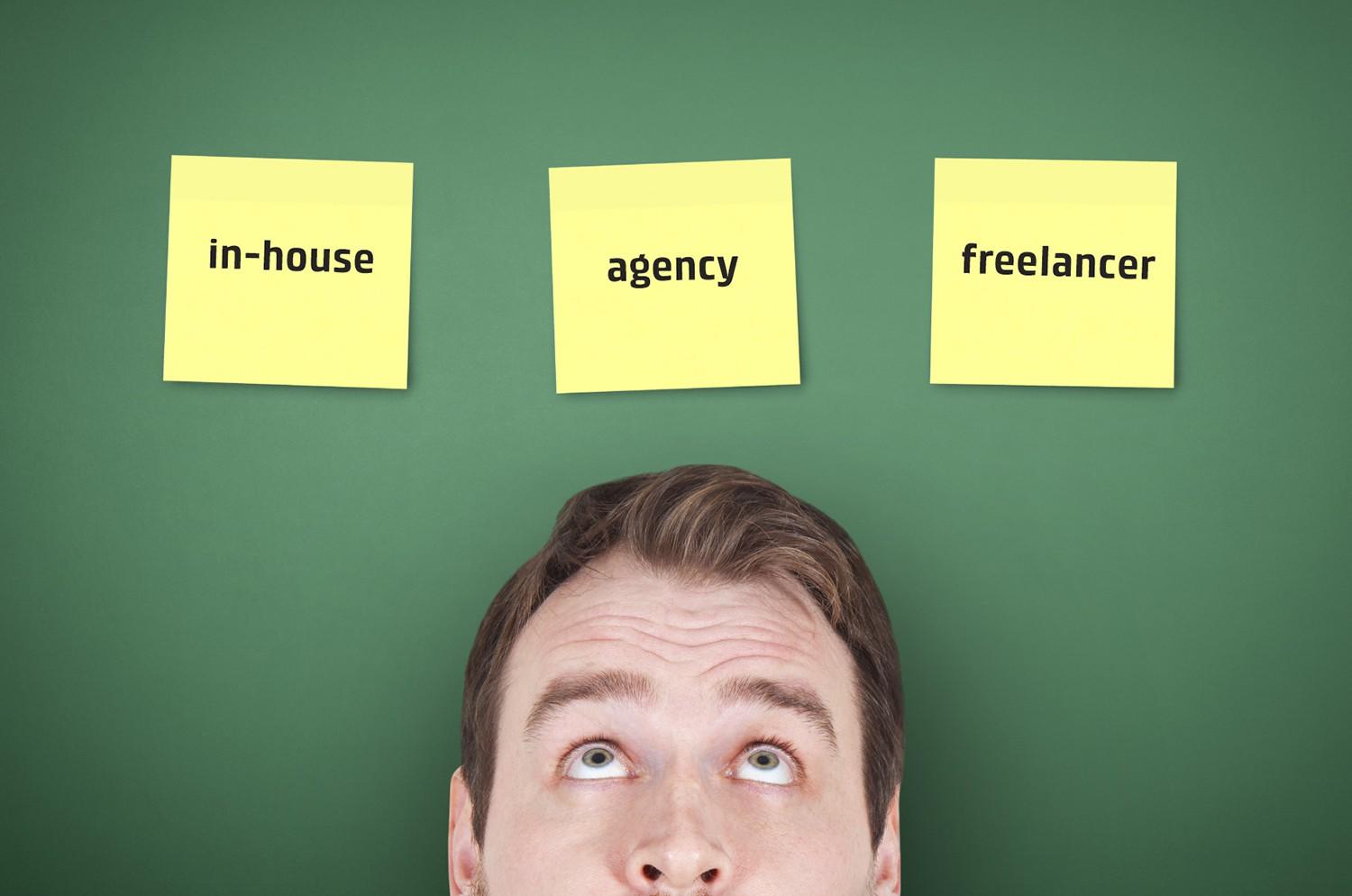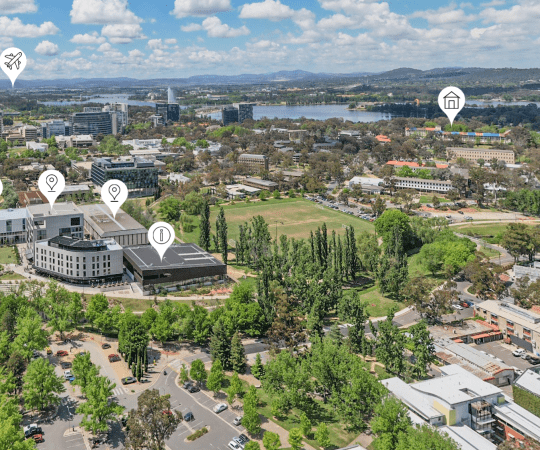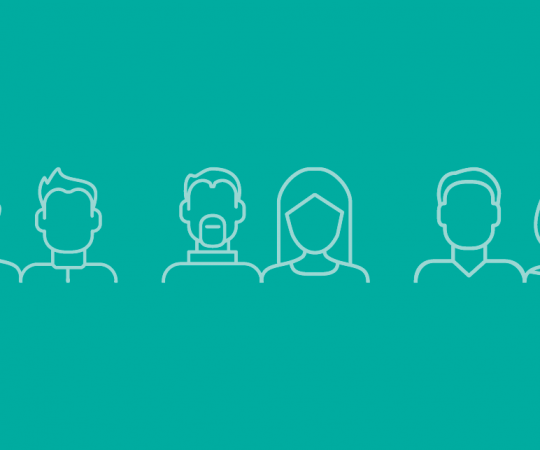
Higher Education Monthly
Having just put the finishing touches to your latest meaty design project brief, who do you approach to do the work – your college in-house team, an outside agency or a freelancer?
The dilemma arises because although your in-house designers are close at hand, they are not always the right choice.
So how do you go about making the right decision? When time, money and results (not to mention reputation) are at stake, it can often seem more difficult than it should be.
Certain influences might generate a quick decision but take a moment longer to consider your options. Your final choice should never be based on emotion though – it should be based on fact.
Pinpoint the capabilities each option possesses and the type of work that is to be undertaken, then focus solely on who will give you the best outcome.
For instance, who would be best suited for a strategically led project? Should tactical design always be kept in-house? What happens if the project suffers budget issues?
Before you start thinking about delegating, consider this.
The delivery of a solution will always adhere to you committing to two of these three choices: time, cost and quality.
For example, a project requiring a quality outcome within a short timeframe will cost more; a project requiring a quality outcome with a specific budget will take longer to produce; a project with a specific budget and limited timeframe will lack in quality. Attaining all three is virtually impossible!
Finding a balance is the key but also a challenge.
Here are your three options – each have strengths and weaknesses and therefore each can play an important part in maintaining a college brand.
The in-house team
The in-house design team is very much in-tune with the college brand because it works with it day-in, day-out.
Pros
- know the brand inside out (including all sub-brands)
- in tune with many of the target audience because they work on campus
- relatively quick turnaround
- much cheaper
Cons
- might struggle with the more creatively challenging projects
- possibly out-of-touch with the creative world
- prone to working in a corporate-focused environment
The outside agency
The outside agency is driven by being different in its thinking, its ideas and its delivery. Often led by strategy, it considers everything from the bigger picture to the tiniest detail and makes decisions based on fact rather than emotion.
Pros
- would have the capacity to add the creative wow factor
- a completely impartial, unbiased point-of-view
- not driven by internal politics
- more likely to take a collaborative approach with heavy client involvement
- a vested interest for both parties to look good
- would look to build a long-term client/agency relationship
- a team effort – two (or more) heads are better than one
Cons
- initially more expensive
- might upset the apple cart by un-covering other holes in the current brand
- more likely to push-back to safeguard creative/strategic decisions
The freelancer
The freelancer is lightning fast and quick to react.
Pros
- might offer a niche skill set
- would adhere to and remain faithful to the brief
- extremely flexible and used to tight deadlines
Cons
- may not understand (or be privy to) the bigger picture in terms of the brand as a whole
- may not accept any accountability
- would probably be a team of one so could only express a single point of view
- would probably work alone so would only be able to handle a finite amount of work
Here’s something else to consider – the perception that using the in-house team will be cheaper than engaging an outside agency to do the work. In-house teams generally have a slower work rate, coupled with additional costs like salaries, holidays and sick days, Superannuation payments and investments in software and hardware. That’s not to mention the expense of finding and eventually employing a member of staff and then managing them.
A word of advice too – when engaging a designer, don’t just talk about why you want to work with them, outline any fears you have about the project. By being up-front and honest about what you expect, the designer can address your ‘fears’ before the project begins. Any potential issues can be identified early and quickly resolved.
And if you feel that the designer isn’t a good fit for the project, don’t be afraid to find another.
Do all the head scratching before the project gets underway. In the end, you’ll get a better, more targeted result.







